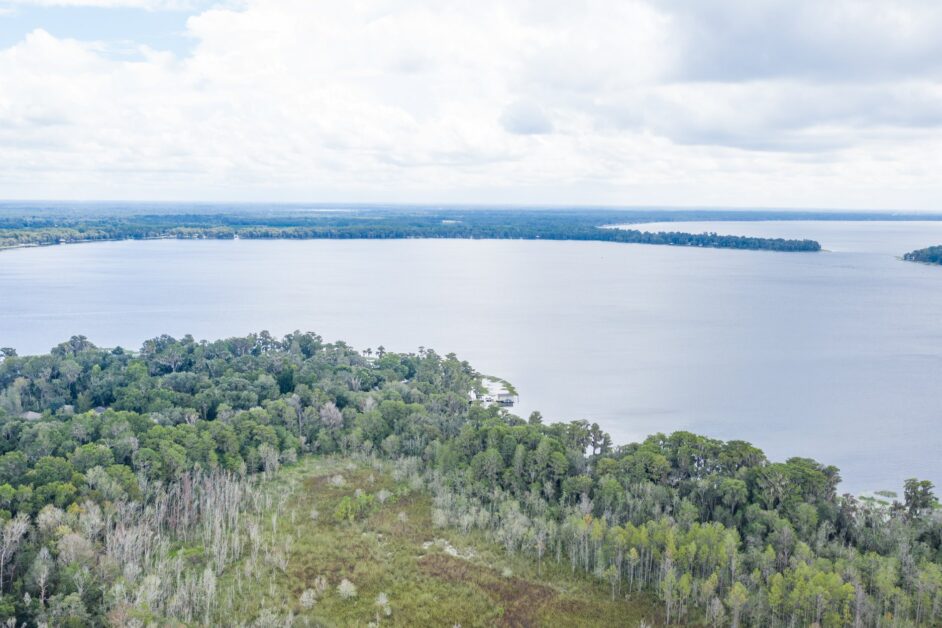In a survival situation, it is important to know where to camp, how to create a shelter from the surroundings, make a fire, cook and preserve food, make tools, clothing and equipment.
Accidents, exhaustion or bad weather conditions can leave you stranded. While there is still daylight to utilize, search for materials or natural shelters that protect you from wind, rain and the cold before sundown.
BAD PLACES TO CAMP
Exposed hilltops (go down, seek shelter on lee side).
Valley bottoms and hollows – damp and more liable to frost.
Hillside terraces where the ground holds moisture.
Spurs that are on a game trail – often lead to watering places.
Too close to water: you will be troubled by insects. Heavy rainfall could cause rivers to overflow and create flash floods. Old dry watercourses are also at risk.
Near solitary trees, which attract lightning.
Near bees’ or hornets nests.
SURVIVAL SCENARIO
Now that you have built a successful shelter, where do you wash yourself and your clothes?
Answer: This should take place downstream. This will be at a lower section than where you collect the drinking water. It ensures the drinking supply remains clean and uncontaminated.
CAMP LAYOUT
Latrines must be downhill of camp and away from the water supply to avoid risk of seepage. Disposal should be well away from camp, preferably downwind but not too far as to be inconvenient.
Establish a collection point for drinking water. No one should wash upstream. Boil all water, even for cleaning teeth.
CAMP DISCIPLINE
Do not prepare game in camp: bleed, gut and skin on the trap line to attract game to traps, not to the camp.
Clean hands when preparing or eating food. Keep food covered and off the ground.
Cover body to reduce risk of insect bites. Keep clothes and equipment in dry area away from the fire. Stay organized. Never leave the fire unattended.

